To the untrained eye, a sparkling red stone will appear to be a ruby (assuming it is a natural gemstone to begin with.) That is because rubies are one of the world’s four precious gemstones, which also include diamonds, emeralds, and sapphires.
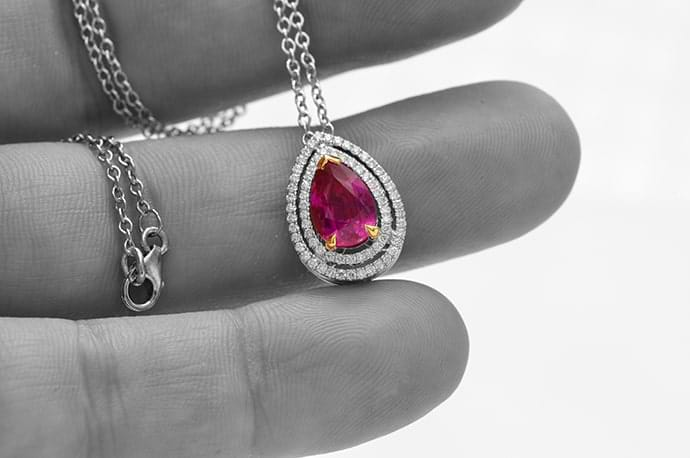
A beautiful Unheated Red Ruby Halo Pendant (2.61Ct TW)
However, we are lucky to have an abundance of semi-precious gemstones of all colors, sizes, and textures, some of which greatly resemble our beloved rubies. For example, the garnet is a semi-precious stone that is found with a deep red coloring, much like the popular ruby. While there are plenty of differences, for all intents and purposes (well most of them at least) the two stones can be easily confused. Here are a few ways to tell the very similar yet very different stones apart as well as some benefits each gem has to offer.
A Super Rose Gold Red Garnet & Diamond Halo Ring (2.15Ct TW)
Rough
The rough stones of each gemstone are actually quite different from one another. The shape, as well as the weight, will not be the same even if comparing stones of a similar size. Each gemstone has its own characteristics which are used to essentially define the stone. They are then assessed according to these defined characteristics of the stone.
Durability
Let’s begin with the less exciting but quite important and helpful factor: the stones’ durability. Rubies rank 9 on the Mohs scale of hardness, right after “the toughest substance on the planet” i.e. diamonds, which come in at 10. This might sound like a useless piece of information, but when you spend money on a beautiful piece of jewelry, you’d like to be able to wear it without worrying about it. In contrast, a garnet ranks 6.5 to 7.5, which is considerably lower than a ruby and is therefore a much “softer” stone in comparison.
Color
While both a ruby and a garnet appear in a deep shade of red, rubies often appear 'redder,' simply put. If you put the two stones side by side, a garnet’s color will often pale in comparison to the fiery red of the ruby. It usually has a deeper tone. Another way to differentiate between a garnet and a ruby in terms of the color is the presence of other colors within the stone. If you see a bit of orange in the stone, it is very likely that it is a garnet. This is not a foolproof test though because genuine rubies can have secondary colors such as purple and blue within the stone.
Light
Holding up a garnet to the light can assist you in determining whether or not you are looking at a garnet or a ruby. If the light reflects a rainbow of colors including bands of yellow and green, the odds are you are looking at a garnet. This is because a ruby’s makeup is such that it absorbs yellow and green and will not reflect them in that way.
Professional Assistance
The very best way to ensure that you are spending your hard earned money on a ruby and not a garnet is to shop at a respectable establishment and to take a professional with you to oversee the purchase. Whether you are buying a ruby or a garnet, you will want to be provided with the most helpful and professional information possible.
Like with many other gemstones, and other items in general, there is the “real deal” and then there is the “wannabe.” The “real deal” comes with prestige, beauty and quality, and of course, a hefty price tag. If you are set on buying a genuine ruby and want to make sure you are not sold a garnet, you are welcome to follow these tips and guidelines and are advised to become as educated as possible on the topic. If, however, a ruby is simply out of your league, you should indeed consider a garnet because although it is no match to a ruby, it has lots to offer. It is pretty, affordable, and can be bought in much larger sizes than most pockets can spend on an equivalent-sized ruby.
Take a look at our collection of ruby jewelry!
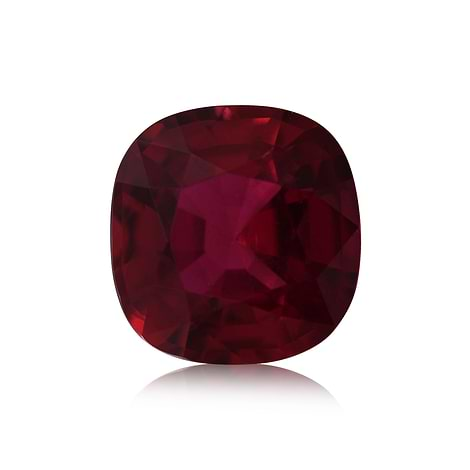
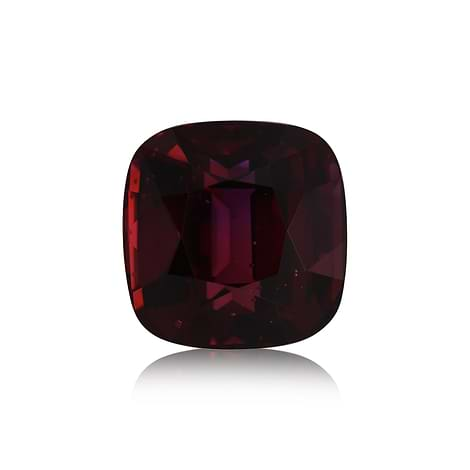
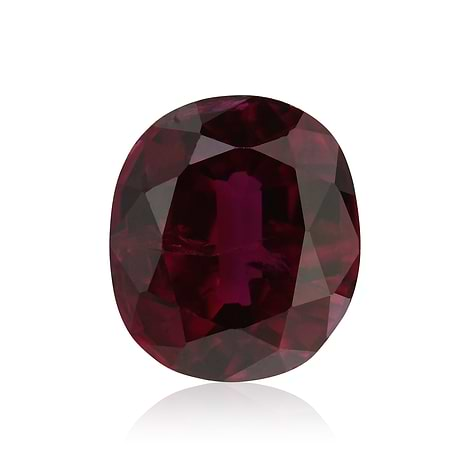
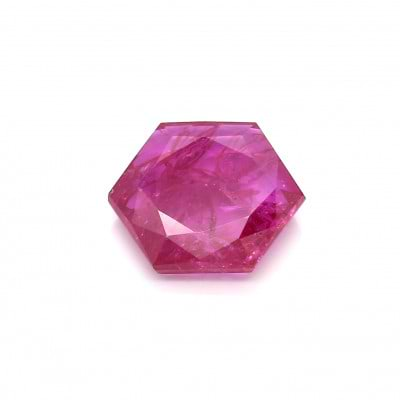

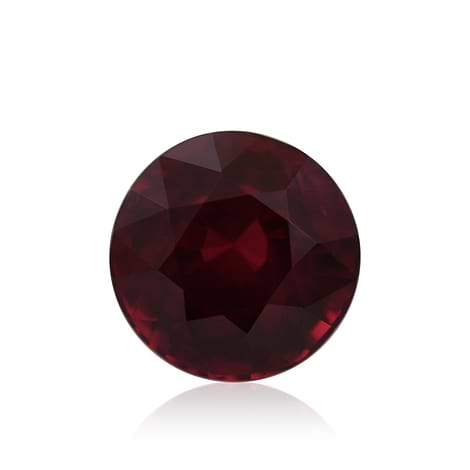
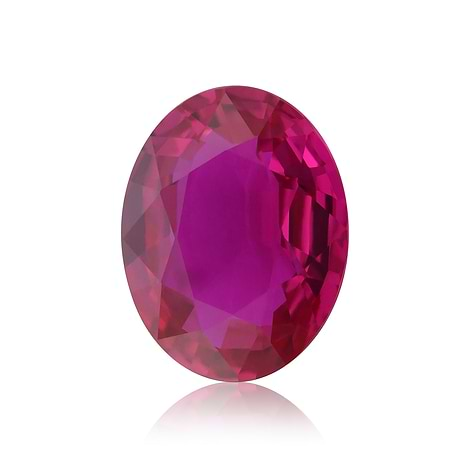


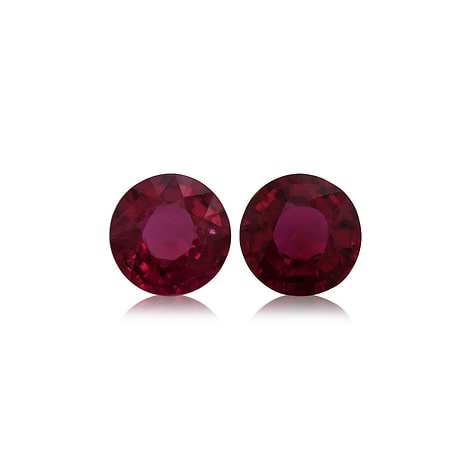
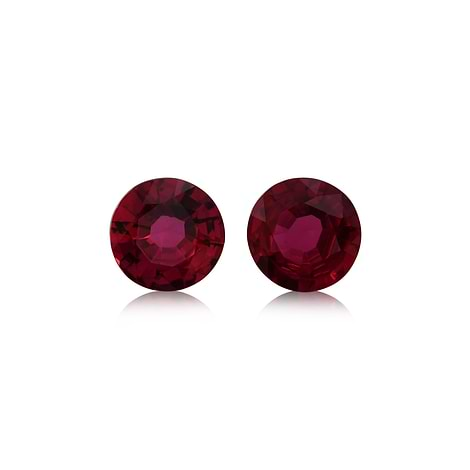

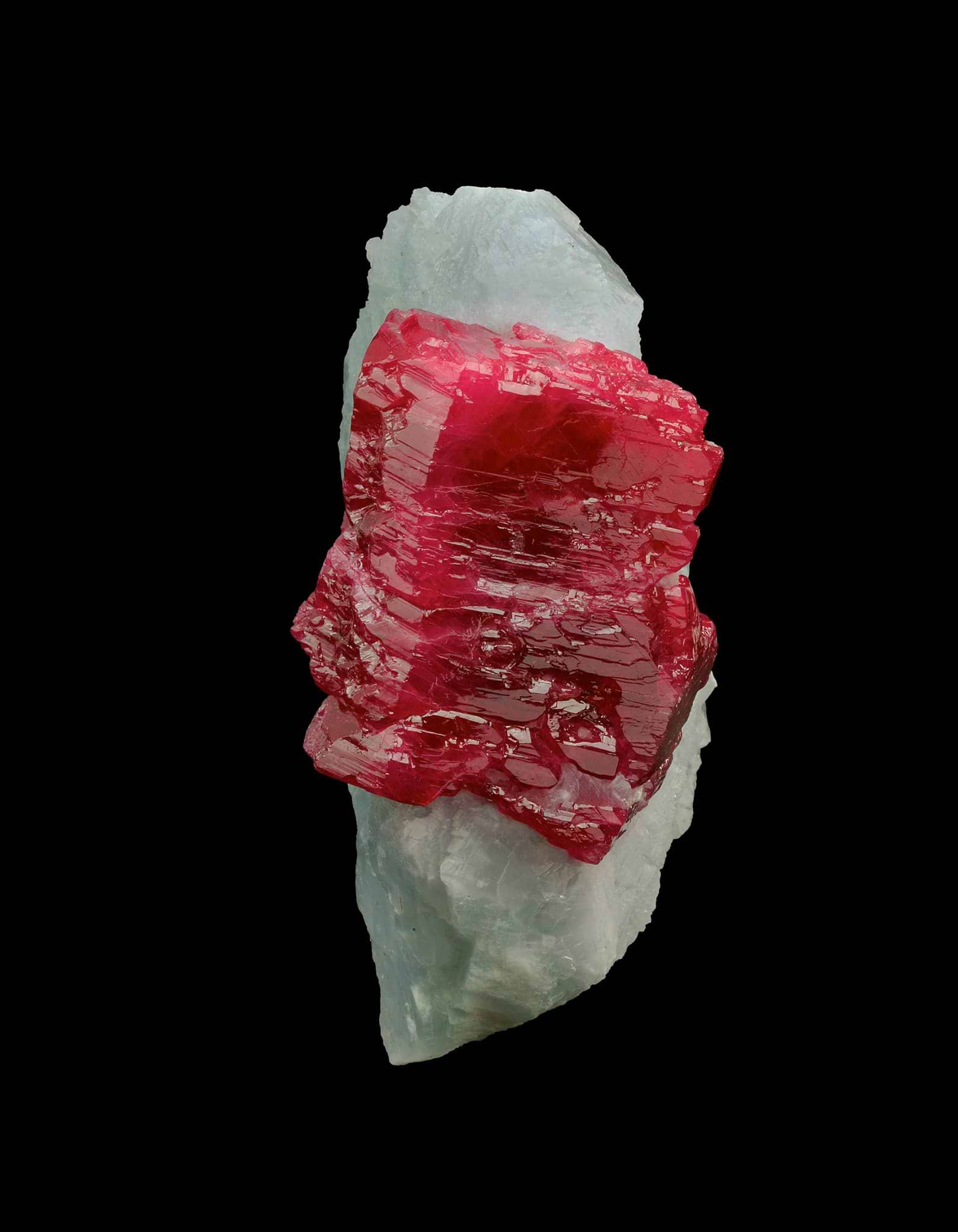
.png)
